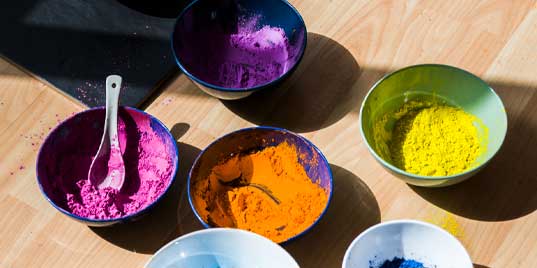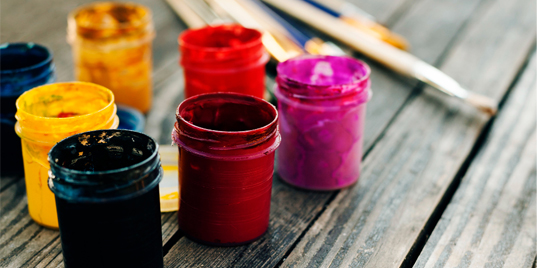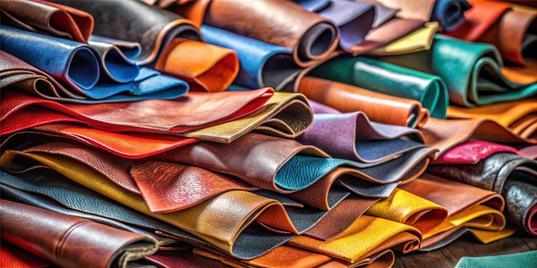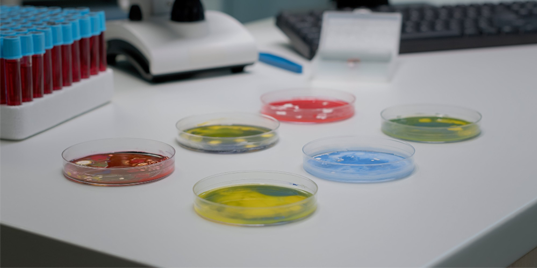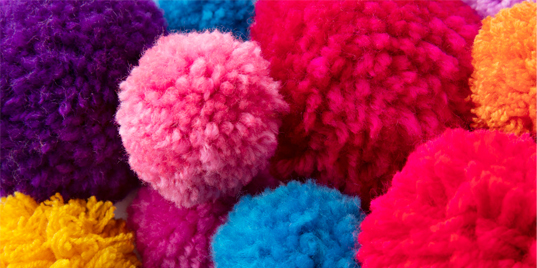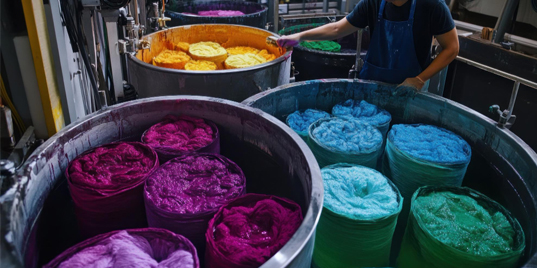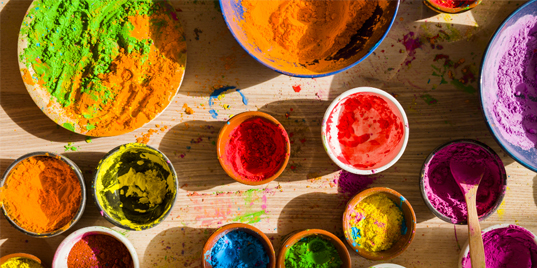
Some Facts About Industrial Dyes
- Admin
- Jul 21, 2021
Dyes add colour to the objects we see around. Used in diverse sectors they convert everything we interact within our routine pleasing. All kinds of dye available are demanded in diverse sectors for different purposes depending upon their distinct properties.
Dyes dissolved in an aqueous solution require mordant to enhance hold or fastness on fiber it is integrated into.
Dyes are primarily classified into natural and synthetic. Natural dyes are extracted from plants and trees including roots, leaves, wood, etc. In ancient days people dyed clothes using locally available materials. Plant-based dyes like saffron, indigo, and madder were made commercially and were significant trade products in Asia and Europe. Patterned fabrics were produced across Asia and Africa using resist dye techniques that deal with the absorption of colour in dyed fabrics.
With natural dyes hard to extract, synthetic dyes came into operation to make them accessible to all. By the 19th century, man-made synthetic dyes replaced the large-scale market of natural dyes.
As the name indicates, synthetic dyes are extracted from synthetic sources such as petroleum-based products and earth minerals. As per studies, the very first human-established organic aniline dye, mauveine was accidentally detected in 1856 by William Henry Perkin during a failed attempt at the full synthesis of quinine.
Textile Dyes
Textile dyes hold on to a significant sector of the whole business of speciality chemicals. Dyes used in the textile industry and particularly synthetic originating from two sources ie. e. coal tar and petroleum-based intermediates. They are traded in powdered, granular, and liquid forms. Dyes are constantly in demand for various kinds of fabrics.
Dyes go through specific variations as per requirements and evolving product profiles in the industry. At present, polyesters are the rapid-growing contributors as dyes in the textile industry.
Different types of Textile Dyes
Dyes can be classified based on solubility and chemical properties. If general dyes are recognized as one of the bases for classification, textile dyestuffs can be categorized as follows:
Acid Dyes:
These are water-soluble and applied to wool, nylon, silk, and modified acrylic fibers using neutral to acid dye baths.
Basic Dyes:
These are water-soluble Cationic dyes that are used for wool as well as silk. They are also employed in the production of coloured paper.
Direct Dyes:
These are used in cotton, paper, leather, wool, silk, and nylon.
Reactive Dyes:
With its covalent bond it gets attached to natural fibers acting as permanent dyes.
Disperse Dyes:
They were originally adopted for dyeing cellulose acetate. Being water-insoluble their primary function is to dye nylon, cellulose triacetate as well as acrylic fibers.
Sulphur Dyes:
Low-cost dyes that are utilized for dyeing cotton with dark colours.
All these varieties of dyes are arranged into categories namely
- Dyes for cellulose fibers
- Dyes for protein fibers
- Dyes for synthetic fibres
Dyeing has now become a crucial process worldwide with the latest technologies being used in this field. When producing dyes a lot of factors are considered to not only save capital but also prevent environmental problems.

